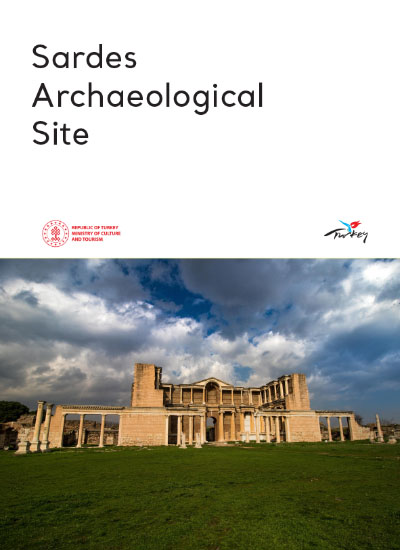According to mythology, the ancient city of Sardes was founded by a king named Meles in the Hermos (Gediz) basin, on the banks of the Paktalos (Sart) stream and on the slopes of Tmolos (Bozdağ) mountain. The city, which was the capital of the kingdom of Lydia, made history with the first minting of coins. It became a Persian satrapal centre after the Persians put an end to the Lydian kingdom in the 6th century BC. The city maintained its importance in the Hellenistic and Roman periods and became an episcopal centre in the Byzantine period. One of the first seven churches of Christianity was founded here. The temple of Artemis, the church next to it, the gymnasium and the baths, the shops, the theatre and the stadium are some of the most prominent architectural structures in the city. The palaestra (square courtyard) surrounded by columns, which covers the eastern half of the bath-gymnasium complex, was used for sporting activities, while the vaulted halls to the west of this space were used as baths. The two-storey, colonnaded space that leads from the palaestra to the baths is called the Merer courtyard. The basilica-shaped building to the south of the palaestra of the bath complex was converted into a synagogue in the 3rd century AD. The Temple of Artemis, whose construction began in the Hellenistic period, was probably located in the sanctuary of an ancient cult of Cybele. The temple is in Ionic style and has a pseudodipteros plan. It was originally built in the name of Artemis. In later periods the cella of the temple was divided into four sections and in these sections statue heads of Artemis, Zeus Polieus, the Roman Emperor Antoninus Pius and his wife Faustina have been found. The temple, destroyed by an earthquake in 17 A.D., was rebuilt according to the old plan during the reign of Emperor Tiberius. In the 4th century a chapel was added to the south-east corner of the temple.
SARDES ARCHAEOLOGICAL


